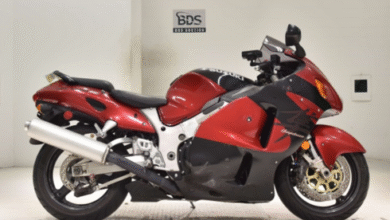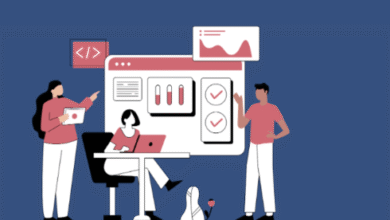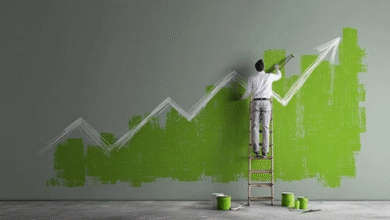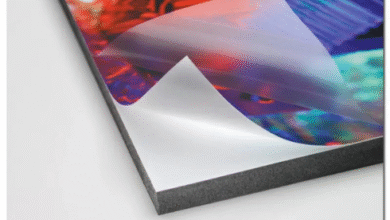Optimising Conversion Rates Across Your Funnel
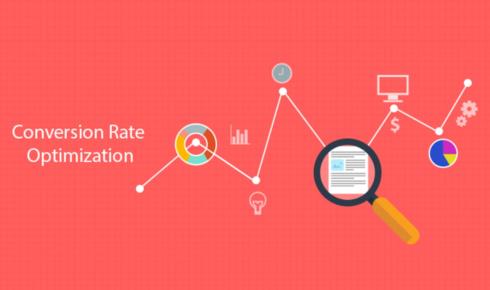
You’ve done the hard work. Someone clicked your ad, browsed your site, maybe even added something to the cart. But then? Silence. The sale never happens. The form doesn’t get filled. The lead cools off.
Every Kiwi business owner knows the sting of an “almost” customer. It’s like fishing in the Bay of Islands, getting a tug on the line, only to have the snapper slip away. Frustrating, isn’t it?
That’s why optimising conversion rates across your funnel matters. It’s not just about getting more people in, it’s about ensuring the ones who show interest actually follow through. The good news? With the right approach (and a little help from tools like HubSpot pipeline automation), you can plug those leaks and start turning maybes into yesses.
Why Funnel Optimisation is a Game-Changer
Your sales funnel is more than a diagram on a whiteboard. It’s the journey your customers take, from first hearing about you to becoming loyal buyers.
The problem? Most funnels leak. Potential customers drop off at each stage. Some don’t even make it past the first click.
Optimising your funnel means:
- Smoother customer journeys.
- More leads turning into sales.
- Higher ROI on your marketing spend.
And in New Zealand’s competitive market, where small businesses often compete with bigger players, getting this right can be the difference between scraping by and thriving.
Step 1: Map the Funnel Clearly
You can’t optimise what you can’t see. The first step is mapping your funnel in detail.
Typical stages include:
- Awareness – People discover your brand.
- Interest – They browse, click, or engage.
- Consideration – They weigh up your offer against others.
- Conversion – They purchase or commit.
- Retention – They stick around for more.
A clear map shows you exactly where people are dropping off, so you know where to focus your efforts.
Step 2: Optimise Each Stage
Here’s where the magic happens. Each stage of the funnel needs attention:
- Awareness: Ensure your messaging matches your audience. Speak their language (literally—Kiwis spot overseas cookie-cutter ads a mile away).
- Interest: Provide value immediately. Blogs, videos, or demos that solve a problem build trust fast.
- Consideration: Use social proof—reviews, testimonials, case studies. People want reassurance.
- Conversion: Simplify the checkout or sign-up process. Every extra click is a chance to lose them.
- Retention: Keep engaging post-purchase. A customer who feels valued will buy again.
Think of it like a rugby team. Every position matters, drop the ball at any stage, and you lose the try.
Step 3: Use HubSpot Pipeline Automation
Now, let’s talk tech. Optimising conversions manually is possible, but exhausting. That’s where HubSpot pipeline automation steps in.
What it can do for you:
- Automatic lead assignment – no hot lead slips through the cracks.
- Personalised follow-ups – tailored emails triggered by behaviour.
- Deal tracking – see where each lead sits in real time.
- Reminders & nudges – automation keeps your team on track.
It’s like having an assistant who never forgets, never gets tired, and never drops the ball.
Step 4: Get Personal With HubSpot Coaching
Tools are powerful, but only if you know how to use them well. That’s where HubSpot coaching comes in.
A coach helps you:
- Customise automation for your exact funnel.
- Spot gaps you didn’t even know existed.
- Train your team to adopt new processes smoothly.
- Interpret the data so you act on insights, not guesswork.
Think of it as having a fitness trainer for your funnel. Sure, you could go it alone, but with expert guidance, you’ll reach your goals faster and avoid rookie mistakes.
Step 5: Measure and Iterate
Funnel optimisation isn’t one-and-done. You need to track, test, and tweak.
Metrics to watch:
- Conversion rate at each funnel stage.
- Average deal size.
- Lead response time.
- Customer lifetime value.
By regularly reviewing these, you’ll spot trends and adjust accordingly. The best funnels evolve, just like your customers do.
FAQs on Funnel Optimisation
1. What’s the easiest way to improve conversions?
Simplify your processes. Fewer clicks, clearer messaging, and faster follow-ups go a long way.
2. Can automation really help small businesses in NZ?
Absolutely. Tools like HubSpot pipeline automation level the playing field, giving small businesses the same advantages as larger companies.
3. Do I need coaching to use HubSpot?
Not strictly, but HubSpot coaching saves you time, avoids mistakes, and ensures your funnel is set up to deliver real results.
4. How quickly can I see results from optimisation?
Some improvements, like fixing a clunky checkout, bring immediate results. Others, like building better retention, take a few months.
Wrapping Up: From Funnel Leaks to Funnel Wins
Optimising conversion rates isn’t about fancy tricks. It’s about:
- Mapping the funnel clearly.
- Improving each stage deliberately.
- Using HubSpot pipeline automation to remove friction.
- Leveraging HubSpot coaching for expertise.
- Measuring, learning, and improving continuously.
When you get this right, the funnel stops being a leaky sieve and starts being a powerful engine for growth.
